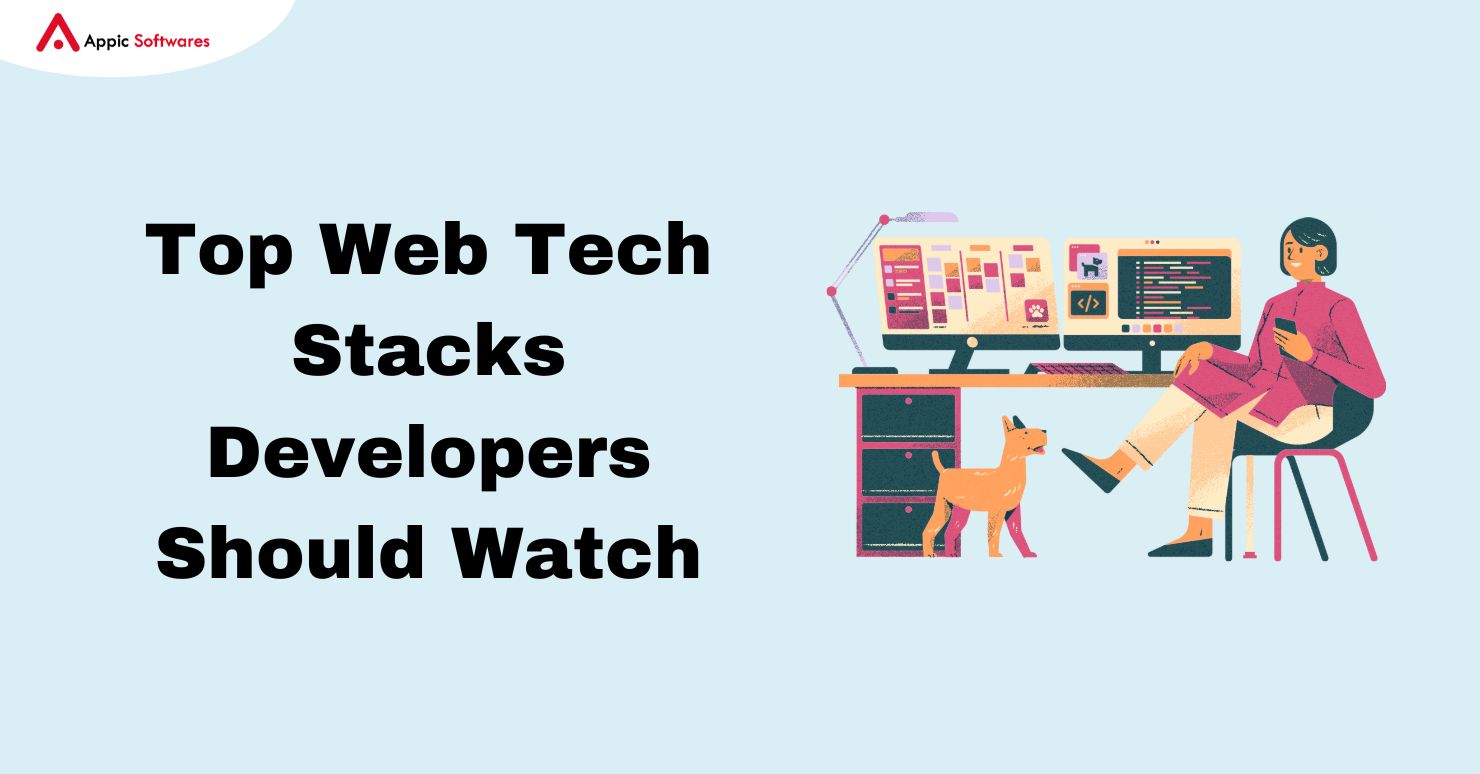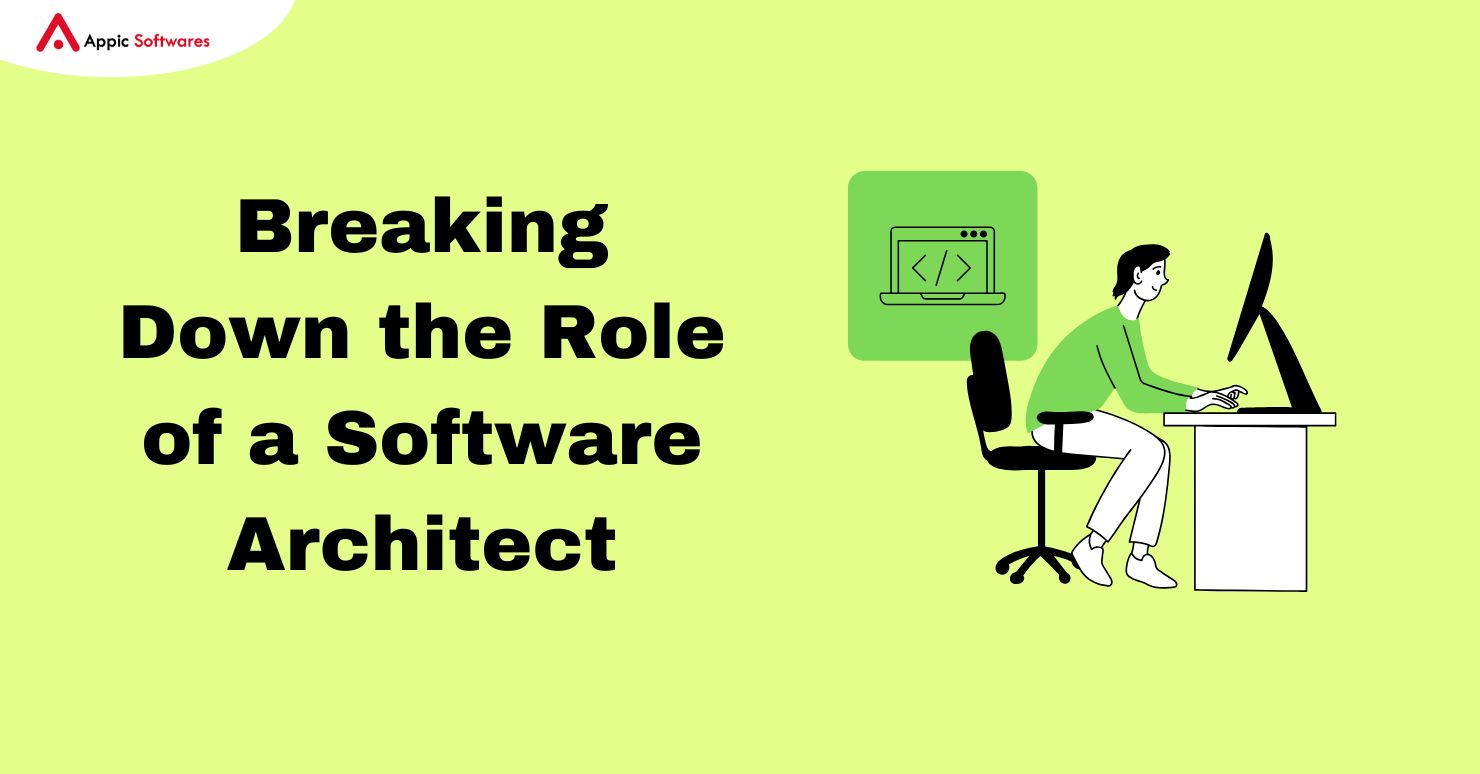
Multi-agent optimization is all about making groups of smart systems work better together. Imagine a team of robots or computer programs tackling big tasks as a unit. That’s what multi-agent optimization is! In this article, we’ll discuss what multi-agent systems are, share simple yet powerful ways to improve them, and answer some common questions. Let’s get started!
What Are Multi-Agent Systems?
Multi-agent systems are groups of smart helpers, like robots, programs, or AI tools, that team up to solve problems. Think of them as a soccer team. Each player has a job, but they must work together to win the game. These systems are everywhere, think self-driving cars sharing road info, delivery drones planning routes, or even chatbots helping customers at the same time.
So, how do they function? Multi-agent system works by letting each agent (a single unit) think and act on its own while staying connected to the group. They share info, make choices, and adjust based on what others do. For example, if one drone spots traffic, it tells the others to take a different path. This teamwork makes them super useful for big, tricky tasks.
The magic of multi-agent optimization comes from coordination. Each agent has its brain, but they don’t act alone. They talk, plan, and fix problems as a squad. This setup saves time, cuts costs, and handles jobs that one agent couldn’t do solo. Businesses love this because it speeds things up and makes work smoother.
Now, why care about multi-agent optimization? Simple, it makes these systems sharper and faster. Without it, agents might clash, repeat work, or miss the goal. Optimization keeps them on track, like a coach guiding that soccer team to victory. Next, we’ll look at how to make this happen.
How To Optimize Multi-Agents?
Below are 10 easy, effective ways to boost multi-agent optimization. Let’s break them down so you can use them to get great results fast.

1. Distributed Optimization
Distributed optimization lets each agent work on a small part of a big problem by itself while still helping build the complete answer. In this method, agents solve local tasks and then share their results with nearby agents. This way, the work is spread out, and no single agent carries all the weight. It works very well when the system is too large for one central controller to manage. For example, in mapping tasks with many robots, each robot makes a small map and then sends its data to others. Over time, they all join their work into one complete map.
This approach makes the system strong. If one agent takes longer or fails, the rest can still work. It also helps reduce waiting time because agents do not need to wait for one central unit to tell them what to do next. To see how a multi-agent system works, you can look at these mapping tasks and other systems such as traffic control and sensor networks. These systems show that distributed optimization can handle big challenges by breaking them into smaller, easy-to-solve pieces.
2. First-Order Methods
First-order methods help agents improve their work by using simple gradient details from a function. They use the slope of the cost function to update the agent’s decisions step by step. This method is quick and fits well with big problems that need fast, regular updates. When an agent sees that its current choice is not the best, it makes a small change based on the gradient. This process continues until the agent finds a better path.
Because first-order methods need little computation, they are ideal for systems that must work fast. For example, in swarm robotics, each robot quickly adjusts its course based on nearby data, and soon the entire group moves in a better direction. This method is also useful in financial models where market data changes quickly. Small businesses often rely on an AI Agent development company to set up these simple yet effective methods that keep systems responsive and efficient.
3. Second-Order Methods
Second-order methods add an extra layer of detail by using information about the curvature of the function. In simple terms, these methods look at how the slope of the function itself changes. This extra information helps agents adjust their decisions more precisely when they are close to the best answer. Although second-order methods need more computer work and memory, they help agents get to the right answer faster when high precision is needed.
4. Dual Decomposition
Dual decomposition breaks a large problem into smaller parts that individual agents can solve on their own. Each agent takes charge of a piece of the problem, and then all agents share a common piece of information to reach the overall solution. This method is especially useful when each part of the system must follow local limits or rules.
For example, in a smart grid, every local unit may have its power limit. Dual decomposition helps each unit manage its power use while still working toward the grid’s overall balance. This technique is also used in network resource allocation, where each node must follow its constraints.
5. Adaptive Algorithms
Adaptive algorithms let agents change their actions when they receive new information. They are built to adjust quickly when the conditions around them change. In simple terms, these algorithms help agents update their plans. This ability is key in systems where the world around them is always shifting.
For example, in a factory setting, if the need for a product suddenly increases or falls, adaptive scheduling algorithms quickly reassign tasks among agents to match the new demand. These changes keep the system running smoothly even when the environment shifts. Adaptive algorithms are also used in systems like self-driving cars, where road conditions change constantly.
6. Asynchronous Operations
In many systems, all agents can’t work at the same time. Different agents often have different speeds or may face delays due to outside factors. Asynchronous operations allow each agent to update its information on its schedule without waiting for all the others.
This method is very useful in systems like sensor networks or groups of self-driving vehicles, where some parts send data faster than others. Each agent works at its own pace, which means the overall system does not slow down because one part is lagging. This approach makes the system more flexible and less prone to bottlenecks. In many cases, different Types Of AI Agents show their strength through asynchronous operations. They work independently yet contribute to a smooth and unified performance.
7. Hybrid Optimization Approaches
Hybrid optimization approaches mix different methods to bring out the best in each one. By combining techniques, agents can use the simplicity of one method and the precision of another. For example, mixing first-order methods with dual decomposition can provide quick updates while also making sure local rules are followed.
In other cases, systems combine metaheuristic methods, like genetic algorithms, with distributed optimization. This mix allows agents to explore many possible solutions while still working toward one solid answer. Hybrid methods are very useful for complex problems where a single method might fall short. They help the system find good answers by balancing speed and accuracy.
8. Continuous Monitoring
Continuous monitoring means keeping a constant watch over the system to check how well it works. Agents do this by regularly checking for any signs of trouble or mistakes in their work. When problems appear, the system can fix them quickly, ensuring that the overall process stays smooth.
For example, in a production line, sensors continuously check machine performance. If a sensor notices that a machine is not working well, it sends a signal to adjust the process. This constant watch makes sure that the system does not go off track for long. Regular checks also help agents learn and improve over time by giving them feedback on what works and what does not.
9. Task Decomposition
Task decomposition is the process of breaking a large, complex task into smaller, easier pieces. When each agent takes on a smaller part, it becomes easier for the system to work as a whole. Each agent can focus on a single part of the task, which makes the work more manageable and clear.
For example, in a warehouse setting, one group of agents may pick items from shelves, while another group handles sorting and moving the items. By splitting the task, each agent can work on what it does best, and the overall process becomes faster and smoother. Task decomposition also makes it simpler to spot and fix any issues since each part is smaller.
10. Reinforcement Learning
Reinforcement learning is a method where agents learn by trying different actions and seeing what works best. In this approach, agents try a move, and if it works well, they get a reward. If the move does not work, they receive no reward. Over time, the agent learns which actions are best.
This learning method is very simple and effective. It allows agents to adjust their choices based on past experiences, gradually improving the system’s performance. In areas like self-driving cars, reinforcement learning helps the vehicle learn how to handle obstacles safely. In game AI, agents learn to choose moves that lead to wins through trial and error. This method helps the system become smarter with every decision.
These 10 tips make multi-agent optimization easy and strong. Start with clear jobs, add good teamwork, and keep improving. Soon, your agents will zip through tasks like a perfect team!
Final Words
Multi-agent optimization turns a group of smart helpers into a powerhouse. From setting clear goals to testing often, the 10 ways we shared make it easy to get started. These systems save time, cut hassle, and solve big problems with small steps. Whether you’re running drones, bots, or data tools, multi-agent optimization is your ticket to success. Start simple, watch them grow, and enjoy the results. Teamwork makes the dream work, even for machines!
Contact us today to learn how our expertise can enhance your multi-agent optimization strategy!
FAQs
1. Why Should I Care About Multi-Agent Optimization?
Multi-agent optimization matters because it makes teams of smart helpers—like robots or programs—work faster and better. Imagine a group of delivery drones. Without optimization, they might bump into each other or take forever. With it, they zip around, save time, and finish jobs quickly. It cuts costs and boosts results, so businesses and even you can get more done with less fuss.
2. How Do I Start with Multi-Agent Optimization?
Starting is easy! First, pick a small task, like sorting toys with two robots. Give each robot a clear job, like “pick red toys” and “pick blue toys.” Next, let them talk to each other to avoid mix-ups. Test them, see what works, and fix what doesn’t. Multi-agent optimization grows from there, start small, then add more agents or bigger jobs as you get the hang of it.
3. Can Multi-Agent Optimization Fail?
Yes, it can, but you can fix it! If agents don’t share info or follow bad rules, they might clash, like two friends grabbing the same snack. Good multi-agent optimization stops this by setting smart plans and clear communication. For example, if a drone goes the wrong way, tweak its path. Watch them closely, and failures turn into quick wins.
4. What Tools Help with Multi-Agent Optimization?
You don’t need fancy stuff! Basic tools like simple code or apps can connect agents. For example, a phone app could tell drones where to fly. Bigger teams might use software from tech companies to manage multi-agent optimization. The key is picking tools that let agents talk and share tasks, think of it like giving them a walkie-talkie to stay on the same page.
5. Is Multi-Agent Optimization Only for Big Companies?
No way! Anyone can use it. Big companies might run huge systems, like warehouse robots, but you could use them too. Say you have two smart lights at home. Multi-agent optimization could make one turn on when the other dim, saving power. It’s flexible for small or big setups, so everyone can try it out and see the perks.








